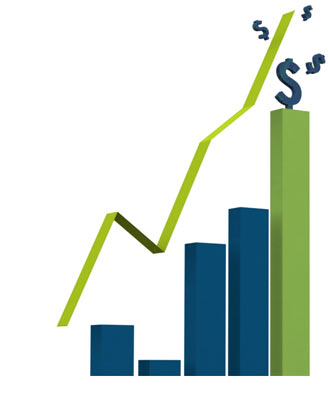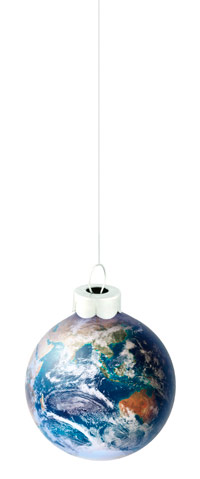
The main thing to remember is that microstock is stock photography, it's not a place for the 'art of photography'. While artistic images might be accepted and sell in limited quantity these are probably not the best way to go if you want to make some good earnings. Likewise the photos that a lot of people praise either by word of mouth or in comments on a site like flickr do not necessarily make good microstock pictures; these often look pretty or have a wow factor, but usually lack a meaning or concept, this is a common mistake for most beginning photographers dipping their toe into the stock industry.

 As a photographer you have probably come across the term geotagging before now, a way to describe the location a photo was taken in
As a photographer you have probably come across the term geotagging before now, a way to describe the location a photo was taken in 

